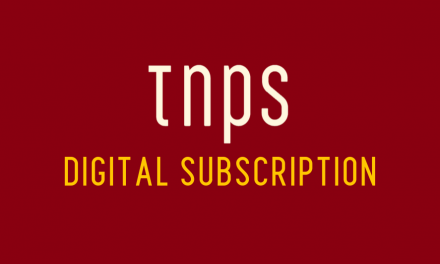A fall in the sale of textbooks in Spain led to a slowdown in growth of the mainstream Spanish book market in 2017, coming in with an estimated price tag of 2.318 billion euros.
By mainstream I mean that parts of the Spanish book market – for example, sales from self-publishers and small presses – will not be recorded in the figures, which are only from bodies affiliated to the Federation of Publishers Guilds of Spain (FGEE), so the true value will be higher, but impossible to say by how much.
The latest report presented by the FGEE suggests paperback sales are making a comeback after five years of decline and that Spain’s book exports grew by 3.8%, to be valued at 396 million euros ($463 million).
The report asserts all sectors except textbooks, dictionaries and encylopaedias show growth. The latter two of course are natural casualties of the internet, while the drop in textbook sales compared to the previous year can be attributed in part to the replenishment cycle of schools and colleges.
Fiction sales were up a full percentage point, comprising 19.5% of total sales. Children’s and YA saw 3.2% growth and the sub-sector is valued at 286 million euros ($334 million).
The report notes the concentration of sales in just two cities – Madrid and Barcelona, accounting for 93.1% of total, with Barcelona ahead of Madrid), with FGEE-affiliated small publishers outperforming bigger publishers in terms of percentage growth, grabbing 13.6% of the market (up from 12.5% in 2016) against the big publishers fall from 39.3% to 38%.
New titles and reprint from the FGEE-affiliated publishers rose 7.1% with 87,262 new additions, while the total number of books published in Spain rose 7.2% to 240.2 million. Average sales remained stable at 2,753 per title.
Of the total of copies published (240.2 million), last year 157.9 million were sold, 0.4% more than in 2016, meaning returns of about 35%.
It’s not clear how much returns hit the bottom line of publishers, as of course many returned books will be remaindered sales that bring in token revenue before being resold, but clearly this is an area where a push on digital could help publisher revenues. However, at this point in Spain’s publishing evolution digital is still a small part of the industry.
Digital revenue grew by 1.6% in 2017, to 5.1% of the total market, with a value of 119.1 million euros ($140 million), with 2.83 million ebooks sold (unit sales up 4%), again with the caveat that, especially in the ebooks sector, many more sales will be coming in from publishers and self-publishers that are not recorded here.
In Spain social science sand humanities titles lead ebook sales (43.4%), with textbooks at 22.4% and fiction coming in at just 19.9%. Poetry while small, is doing well in digital.
Across the ebook retailers, which account for 47.8% of digital sales, Amazon leads with 22.7%. Unlike in the Anglophone markets, Spanish publishers have strong digital platforms of their own, with publisher-owned platforms accounting for 28.1% of sales and direct sales from publisher websites at 15.3%.
Again, the caveat that this does not include self-published and small-press titles means the Amazon figures especially are likely to be higher than shown here.
By comparison revenue from bookstores and chains accounted for 52.8% of total revenue, bringing in 1.2 billion euros ($1.4 billion).
Hypermarket revenue grew 0.3%, while online retail of physical books increased 3.5%, the latter amounting to 23 million euros in revenue ($27 million).
Paperback sales, up 1.2% by revenue, arrested a six year decline, bringing in 91.88 million euros ($107 million) with unit sales up 3.8% to 11.94 million.
All the above of course for sales within Spain, but Spanish publishers are also enjoying significant international growth, with a trade surplus increase of 6.9% to 396.26 million euros ($464 million) in 2017 over 2016.
This doesn’t include digital sales abroad, nor rights sales.
The main export arenas are, unsurprisingly, Europe and the Americas.
Exports to Europe fell by 4.73% to 173.09 million euros ($202.5 million) while exports to the Americas hit 206.81 million euros ($242 million).
The top four recipient countries all saw increased exports from Spain, with the France leading the way with more than 2.5 times the revenue of the runner up Mexico. The UK and Argentina came in at third and fourth place.
Of those countries three of the four have Kindle stores (Argentina the exception) and so the real value, including unrecorded digital sales, will be higher.
These figures should be seen in the context of stabilisation after a precipitous 25% market crash. And no, it had very little to do with Amazon or ebooks.

For a more detailed summery (in Spanish) see here, and find the full report (PDF) here.






Trackbacks/Pingbacks